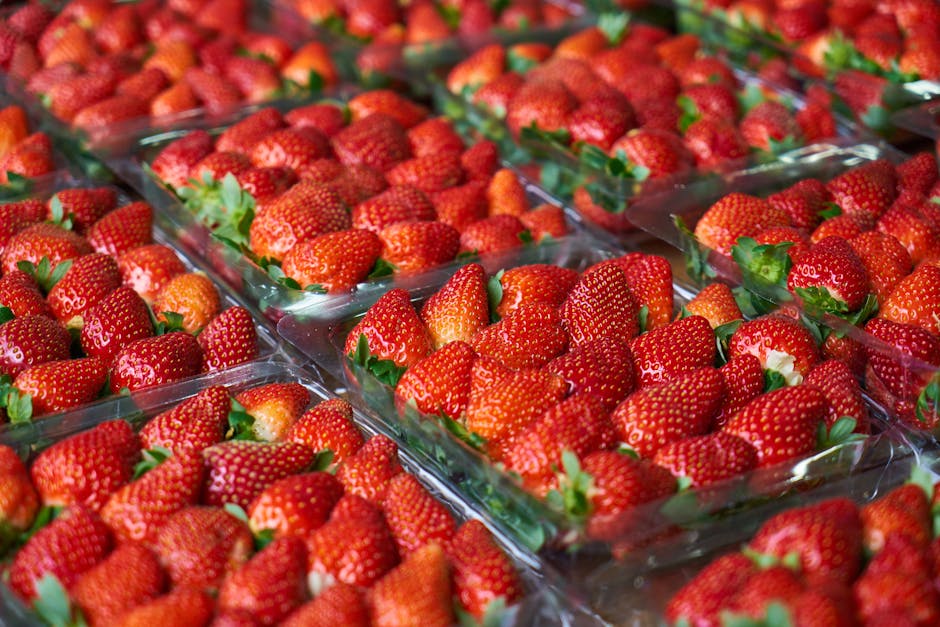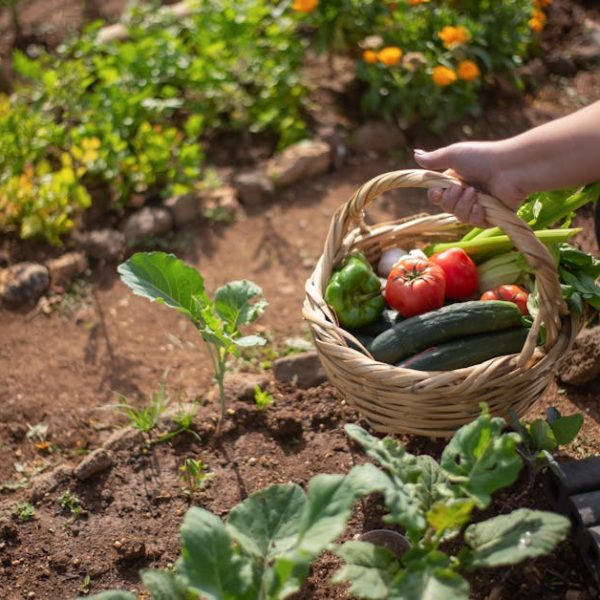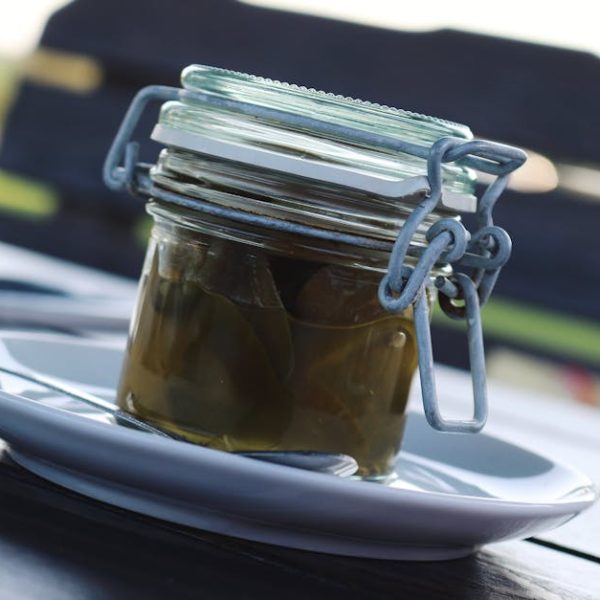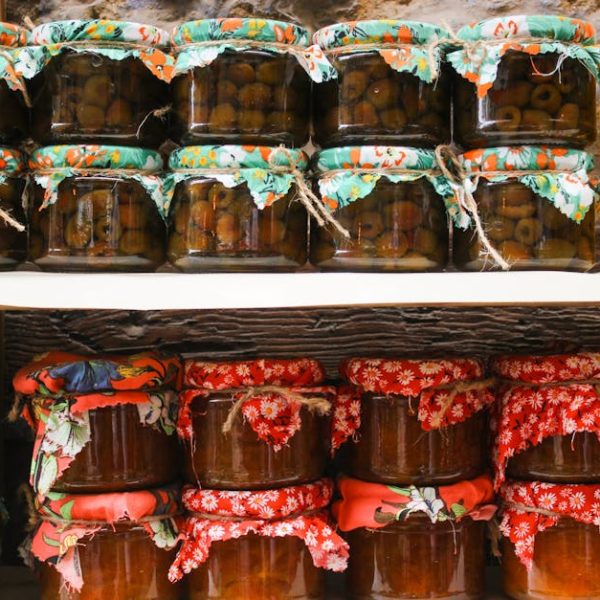If you’re looking to taste the freshness of summer even in the colder months, canning strawberries at their peak ripeness is a brilliant way to preserve their sweet and vibrant flavors. The process can seem intimidating, but with the right tips and guidance, you will be well on your way to having perfectly canned strawberries ready at your disposal.
Choosing the Right Strawberries for Canning
The journey to perfect canned strawberries starts with selecting the right berries. Choose fully ripe, deep-red, uniformly-sized strawberries to ensure even cooking and a visually appealing end result. Shopping at local farmer’s markets during peak strawberry season, typically between April and June, is an ideal way to access the freshest, ready-for-canning strawberries.
Pro tip: Consider purchasing bulk strawberries directly from local farms. This supports local farmers and assures you’re getting the freshest and tastiest berries.
Preparation of Strawberries and Canning Equipment
Once you’ve got your strawberries, wash them thoroughly while being careful not to bruise them. Then hull the strawberries, meaning removing the green leafy part at the top. Concurrently, prepare your equipment by washing your jars, lids, and bands in warm soapy water.
✔️ Checklist of essentials for canning: canning jars (pint-sized or quart-sized), fresh lids and bands, canning funnel, jar lifter, large pot, and a clean cloth for wiping jar rims.
Ensuring your equipment is sterile is key to prevent any risk of contamination. One method is to place your jars and lids right side up in a boiling water bath for at least 10 minutes.
Creating a Delicious Strawberry Syrup
A delicious syrup is the secret weapon in canning strawberries. The syrup not only adds flavor but also helps retain the fruit’s color and shape. Sugar, honey, or agave syrup all make great options to mix with water for your syrup.
Compare options:
| Sweetener | Pros | Cons |
|---|---|---|
| Sugar | Preserves color and texture | May result in overly-sweet final product |
| Honey | Adds a unique flavor | May overpower the flavor of strawberries |
| Agave Syrup | Organic choice and blends well | Costly compared to sugar and honey |
Pro tip: Depending on how sweet or tart you prefer your strawberries, you can adjust the thickness of your syrup. Remember, a well-stirred syrup will help achieve a uniform mixture.
Canning the Strawberries Correctly
Canning your strawberries in an organized and precise manner is key to making sure they retain peak freshness. Begin by meticulously filling the jars with your cleaned, hulled strawberries, trying to pack them tightly without squashing the berries. Then, pour your syrup over the strawberries, filling the jar while leaving some space at the top, known as ‘headspace’. Aim for a half-inch of headspace to allow for expansion during the boiling process.
1️⃣ Step One: Sanitize your jars and lids.
2️⃣ Step Two: Wash, hull and pack your strawberries.
3️⃣ Step Three: Pour your syrup over the strawberries, leaving half-inch headspace.
4️⃣ Step Four: Use a sterilized utensil (a plastic spatula works great) to remove any air bubbles.
5️⃣ Step Five: Wipe the brim of the jar clean before placing the lid and tightening the band.
Remember – ensuring a proper seal is crucial to successful canning!
Maintaining the Quality of Canned Strawberries
Once you’ve successfully canned your strawberries, it’s important to focus on the storage so as to ensure the quality in the long run. Check the seal of your jars to ensure its firmness by pressing the center of the cooled lid. The lid should not flex up or down. Be sure to clean the outside of your jars post-processing and finally, store them in a cool, dark place preferably between 50°F-70°F.
✔️ Post-canning checklist:
- Check the seal integrity
- Clean the outside of the jars
- Store in a cool, dark place
Use of Canned Strawberries in Diverse Recipes
Canned strawberries are delicious on their own, but they can also be a delightful addition to various dishes. From the breakfast table to dessert time, canned strawberries can be used in road-hauling smoothies, sweet scones, hearty pancakes, enticing curries, delectable pies, and thirst-quenching chilled drinks.
Pro tip: Stir in your canned strawberries with Greek yogurt for a refreshing and nutritious meal, or use as a topping for a classic cheesecake. Including canned strawberries in your daily diet gives you the benefits of antioxidants, while also tantalizing your tastebuds.
Embrace the joy of canning, and you’ll enjoy the luscious flavors of strawberries all year round, and impress your friends and family with your culinary creativity. And remember – no matter how you serve them, the real secret ingredient to anything you make with your canned strawberries is the love that will surely come through with each bite. Happy canning!
Key Takeaway:
- Choosing perfectly ripe strawberries for canning is essential for the best flavor and ensuring that the quality of the canned product lasts longer.
- Preparing and sterilizing canning equipment thoroughly is crucial to avoid contamination.
- Homemade syrup can enhance the flavor of canned strawberries and help retain color and shape.
- Proper canning techniques, including correct filling, optimal temperature, and elimination of air out of the jars, are key to preserving strawberries effectively.
- Regular checks for integrity of the seals and maintaining appropriate storage conditions ensure the preserved strawberries’ quality and longevity.
- Canned strawberries offer versatility and can enliven various recipes, contributing to a balanced and delicious diet.
No doubt, the process of canning strawberries might seem a bit complex at first, but once you follow these tips and practice, it turns out to be quite a fun and rewarding process. So go on, dig out that canning equipment, buy the freshest strawberries you can find and get started. After all, who wouldn’t love to enjoy the taste of summer all year round?
FAQs
Q: Can I use slightly overripe strawberries for canning?
A: Ideally, it’s best to use perfectly ripe strawberries for canning. Overripe berries may result in a mushy texture and potentially a less appealing taste.
Q: What other fruits can I can using these tips?
A: These tips can generally be applied to the canning of various fruits, albeit with minor adjustments based on the specific fruit’s properties and optimal canning techniques.
Q: How long can I store canned strawberries?
A: When properly stored in cool and dark conditions, canned strawberries can typically last up to a year. Always check the seal and the smell before consuming.
Q: Should my canned strawberries float in the jar?
A: If your strawberries are floating, it is usually due to air trapped in the strawberries being released when they’ve been processed, making them buoyant. It does not necessarily indicate a problem.
Q: Can I reuse the lids of my canning jars?
A: No, for safety reasons, it is strongly recommended to use new lids each time you can. The sealing compound degrades after the first use, and so reusing lids may lead to seal failure.
We hope this article clarified your doubts about canning strawberries. If you found this information helpful, feel free to share it with your friends and check out other posts about preserving fruits on our website. Happy canning!






